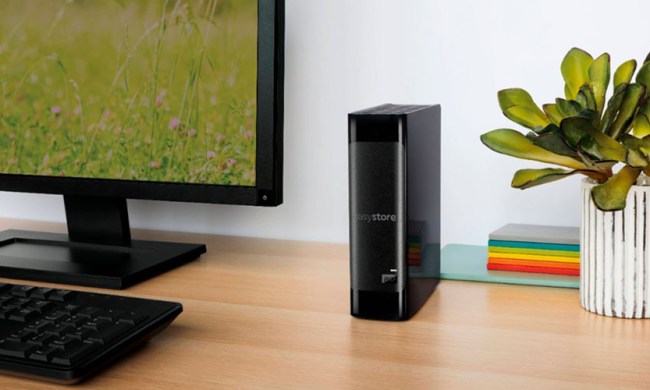Using speech-to-text has become a popular way to use dictation on a Mac. It allows you to dictate documents, emails, and even text messages rather than typing them. If you want to try dictation on MacOS, you can use a handy built-in tool, so you don’t need a third-party app or dictation software.
With the dictation feature included in your keyboard settings, you can speak your text in apps like Pages, Notes, and Mail. You can also adjust settings for a keyboard shortcut to activate dictation and the language you speak. Let’s take a look at how to use dictation on a Mac, along with some common commands.
Enable dictation on a Mac
The keyboard dictation is a feature that you need to turn on in order to use.
Step 1: Open your System Preferences using the icon in your Dock or the Apple icon in the menu bar, and choose Keyboard.
Step 2: Select the Dictation tab in the keyboard settings.
Step 3: Next to Dictation, pick On.

Step 4: You’ll see a pop-up message letting you know that what you dictate will be sent to Apple to convert it to text. If you want to continue, click Enable Dictation. Otherwise, choose Cancel.

Step 5: To use a different language, click the Language drop-down box and either pick a language from the list or select Customize to add one.

Step 6: To use a different keyboard shortcut to turn on dictation, click the Shortcut drop-down box and choose the one you want. You can also set your own keyboard shortcut by selecting Customize and entering the combination you want to use.

Step 7: You don't need a top quality microphone for dictation, as the Mac's built-in mic will do. To select a specific microphone for the input, click the Drop-Down Arrow below the Microphone icon on the left.
When you finish, close the System Preferences window, and you’re set.
Should you choose to turn off keyboard dictation later, return to the Keyboard settings in System Preferences and select Off on the Dictation tab.

Use dictation on a Mac
Once you have dictation enabled, you can simply use the keyboard shortcut to begin using it.
Step 1: Place your cursor in the app where you want to speak the text.
Step 2: Press the key combination or choose Edit > Start Dictation from the menu bar, and you’ll see a small microphone icon appear on the screen.
Begin speaking, and you’ll see your text appear in the app and the icon fluctuate for volume as you speak.

Step 3: To change the language while you’re dictating, click the current language below the microphone icon and select a new one.

Step 4: To stop using dictation, click Done below the microphone icon, enter the keyboard shortcut, or press your Return key.
Common dictation commands
As you speak your text, you’ll likely need to perform actions like starting a new paragraph and inserting punctuation marks.
Here are some common commands you’ll need:
- New line: Start a new line.
- New paragraph: Start a new paragraph.
- Tab key: Move the cursor to the next tab.
- Caps on: Format the following in title case.
- Caps off: Return to the default letter case.
- All caps: Format the following word in all uppercase letters.
- All caps on: Format the following phrase in all uppercase letters.
- All caps off: Return to the default letter case.
To include punctuation marks, symbols, and special characters, use the following:
- Punctuation: Say the name of the punctuation mark, such as “comma,” “period,” “question mark,” “open parenthesis,” and “close parenthesis.”
- Symbols: Say the name of the symbol or character, like “ampersand,” “asterisk,” “at sign,” “caret,” and “percent sign."
- Emojis: Say the name of the emoji, such as “smiley face,” “frowny face,” or “winky face.”
For a complete list, take a look at the Apple support page for dictation commands on Mac.
Whether for convenience or necessity, MacOS makes it easy to dictate what you need. And remember, you can use dictation on your iPhone as well as non-Apple software like Microsoft Word!




